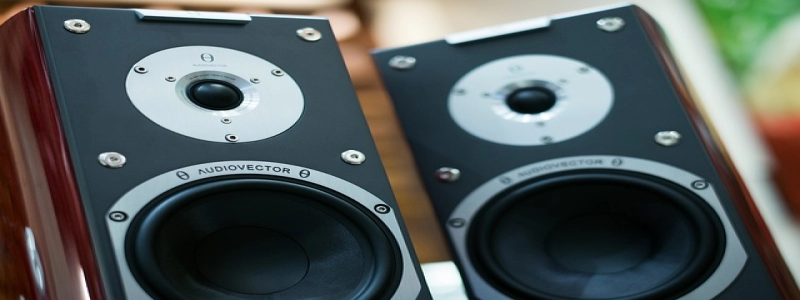Outdoor Single-mode Fiber
Introduction:
Single-mode fiber is a type of optical fiber that is widely used in telecommunications and networking applications. It provides high bandwidth and longer transmission distances compared to other types of fiber. In outdoor environments, where the fiber is exposed to various weather conditions and potential physical damage, outdoor single-mode fiber is specifically designed to withstand these challenges and ensure reliable data transmission.
1. What is outdoor single-mode fiber?
Outdoor single-mode fiber is a type of fiber optic cable that is specifically designed to be used in outdoor environments. It is made up of a single strand of glass or plastic fiber, which allows it to transmit data over long distances with minimal loss or distortion. Unlike multi-mode fiber, which is typically used for shorter distances, single-mode fiber is capable of transmitting data over several kilometers without significant signal degradation.
2. Characteristics of outdoor single-mode fiber:
– Low loss: Outdoor single-mode fiber has a lower attenuation rate than other types of fiber, allowing for longer transmission distances without the need for signal boosting equipment.
– High bandwidth: It has a larger capacity to carry data compared to copper cables, making it ideal for high-speed communication.
– Weather resistance: Outdoor single-mode fiber is designed to withstand various weather conditions, including rain, snow, and extreme temperatures. It is often encased in a ruggedized protective covering to prevent damage from exposure to the elements.
– Physical durability: It is designed to withstand physical stress, such as being buried underground or pulled through ducts. The fiber is reinforced with additional layers of protection to prevent damage from crushing or bending.
– UV resistance: Outdoor single-mode fiber is often coated with a UV-resistant material to protect it from the harmful effects of direct sunlight, which can cause degradation over time.
3. Applications of outdoor single-mode fiber:
– Telecommunications: Outdoor single-mode fiber is extensively used in telecommunications networks to transmit voice, video, and data signals over long distances. It is commonly used for backbone connectivity between different locations and for connecting base stations in wireless communication networks.
– Internet service providers: It is used by internet service providers to deliver high-speed internet connectivity to residential and business customers. The long-distance transmission capabilities of outdoor single-mode fiber make it ideal for connecting remote areas to the internet backbone.
– Surveillance systems: Outdoor single-mode fiber is used to connect surveillance cameras in outdoor environments, providing high-quality video transmission over long distances.
– Industrial applications: It is utilized in industrial automation systems, such as control systems and monitoring equipment, to enable reliable data transmission in harsh outdoor environments.
Conclusion:
Outdoor single-mode fiber is an essential component in the infrastructure required for reliable communication in outdoor environments. Its ability to transmit data over long distances with minimal loss and its resistance to weather conditions make it the preferred choice for various applications, including telecommunications, internet connectivity, surveillance systems, and industrial automation. By utilizing outdoor single-mode fiber, companies and individuals can ensure uninterrupted and efficient communication in any outdoor setting.







